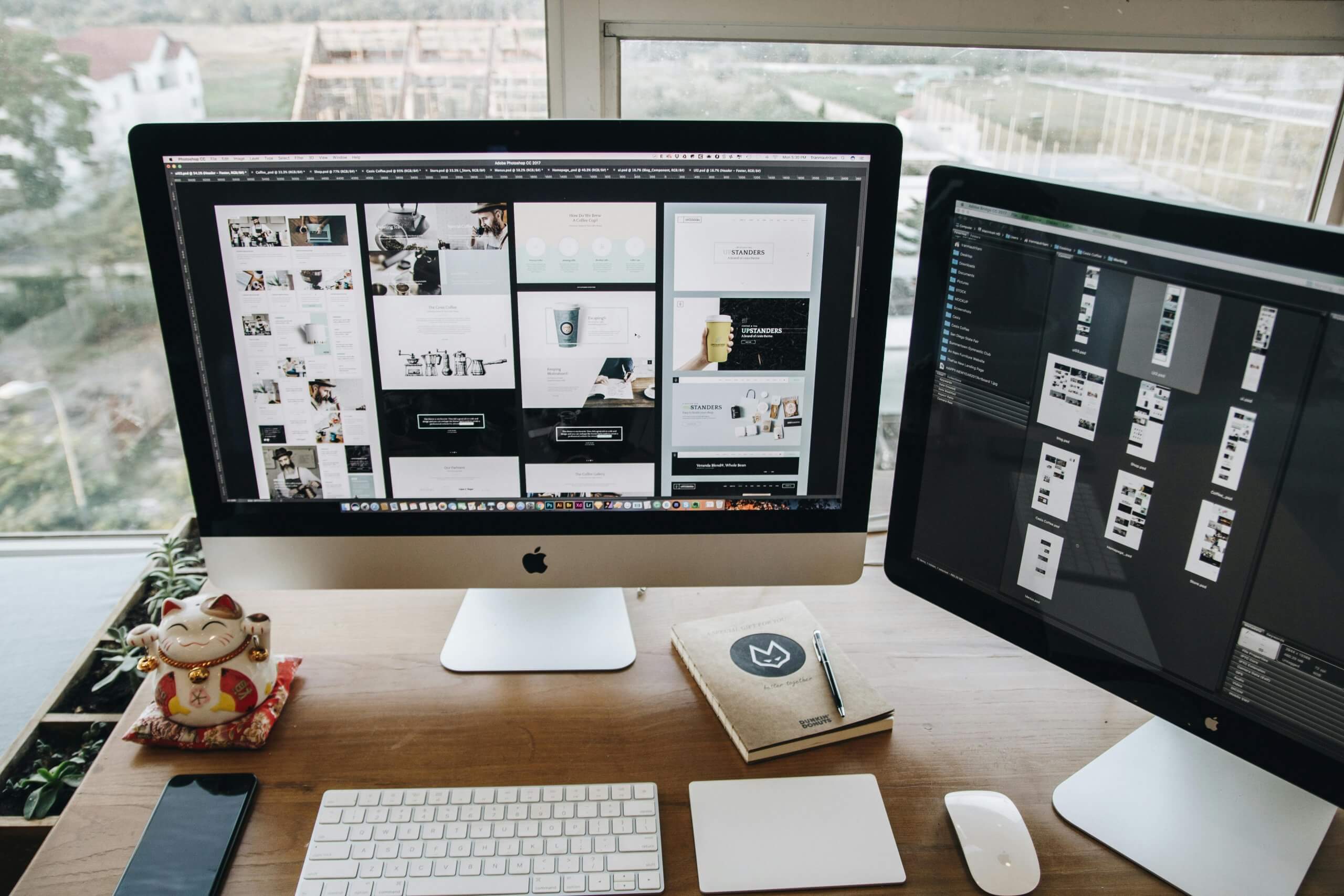The Importance of Design in IT Projects: Merging Aesthetics and Functionality

The Importance of Design in IT Projects: Merging Aesthetics and Functionality
In the IT world, design has long been seen as a mere aesthetic addition. However, in an increasingly digitalized world, it has become a strategic lever to ensure an optimal user experience and enhance the efficiency of technological projects. This article explores the importance of integrating design into IT projects, especially for consulting firms specializing in both fields.
1. UX/UI Design: A Pillar of Modern IT
User experience (UX) and user interface (UI) design are no longer secondary concepts in IT system development. Today, UX/UI is at the forefront for companies looking to make their tech solutions more intuitive and efficient. For a consulting firm specializing in IT and design, offering solutions that combine technology and aesthetics allows for optimal project outcomes for the end user.
A user-centered approach not only ensures better adoption of digital products but also reduces long-term maintenance costs by minimizing errors and increasing user satisfaction.
2. Functional Design: More Than Just Aesthetics
In IT projects, design goes far beyond aesthetics. It’s about creating ergonomic interfaces that facilitate interaction with systems. A good design considers navigation, readability, and the consistency of visual elements to offer a seamless experience. It also helps translate complex concepts into simple and accessible visual solutions.
For a firm that combines IT consulting and design, integrating technical aspects with a strong visual dimension provides robust and functional solutions while offering an aesthetic value.
3. The Interconnection Between IT and Design Teams: A Key Success Factor
One of the main challenges in IT projects is fostering collaboration between developers and designers. These two disciplines, often seen as opposites, must work hand in hand to produce fully realized solutions. The consulting firm plays a key role here in facilitating this interconnection.
Iterative development with an agile approach allows design and IT teams to collaborate effectively, adjusting features and visuals based on client needs and user feedback.
4. The Impact of Design on Business Competitiveness
Today, design is a differentiating factor for many businesses. In a competitive environment, companies need to offer products that are not only high-performing but also attractive and easy to use. Design has thus become an essential element to stand out in the market.
A consulting firm specializing in IT and design must understand these stakes to provide innovative solutions tailored to clients’ specific needs, maximizing their competitive advantage.
By combining technological expertise in IT with the creativity of design, consulting firms can offer comprehensive and high-performing solutions. Far from being just an aesthetic matter, design is now a crucial factor for the success of IT projects, contributing to a better user experience, better system adoption, and greater client satisfaction. Therefore, it is essential for consulting firms to integrate these two dimensions into their strategy to ensure project success.